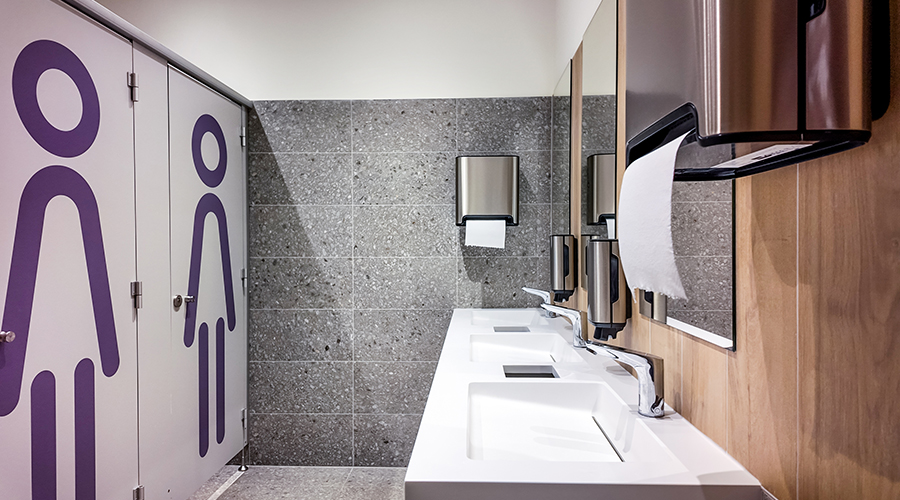Healthcare is one of the top consumers of energy in the U.S., and it’s estimated that U.S. facilities create more than 6,600 tons of waste every day, according to an article on the Ensia website.
Concern for the environment hasn’t been the priority — health and safety of patients and staff have come first. The result has been long-standing inefficiency and waste.
One example is the operating room. To ensure ORs are available when needed, hospitals often ventilate and heat or cool them around the clock. Energy-intense lights bathe the rooms during operations. Even though they occupy a small portion of a typical hospital, ORs generate up to 30 percent of its waste, the article said.
But healthcare organizations have found they can reconfigure operating rooms without compromising patient or staff safety. Changes include using energy-efficient LED lights and installing more efficient systems for sterilization, temperature control and ventilation, the article said.

 A 'Superbug' Is on the Rise in Hospitals
A 'Superbug' Is on the Rise in Hospitals The Next Generation of Security Tech in Healthcare Facilities
The Next Generation of Security Tech in Healthcare Facilities Encompass Health Rehabilitation Hospital of St. Petersburg Opens
Encompass Health Rehabilitation Hospital of St. Petersburg Opens Why More Facilities are Adding Gender Neutral Restrooms
Why More Facilities are Adding Gender Neutral Restrooms Massachusetts Hospital Cyberattack Reflects Growing Vulnerability in Healthcare Systems
Massachusetts Hospital Cyberattack Reflects Growing Vulnerability in Healthcare Systems